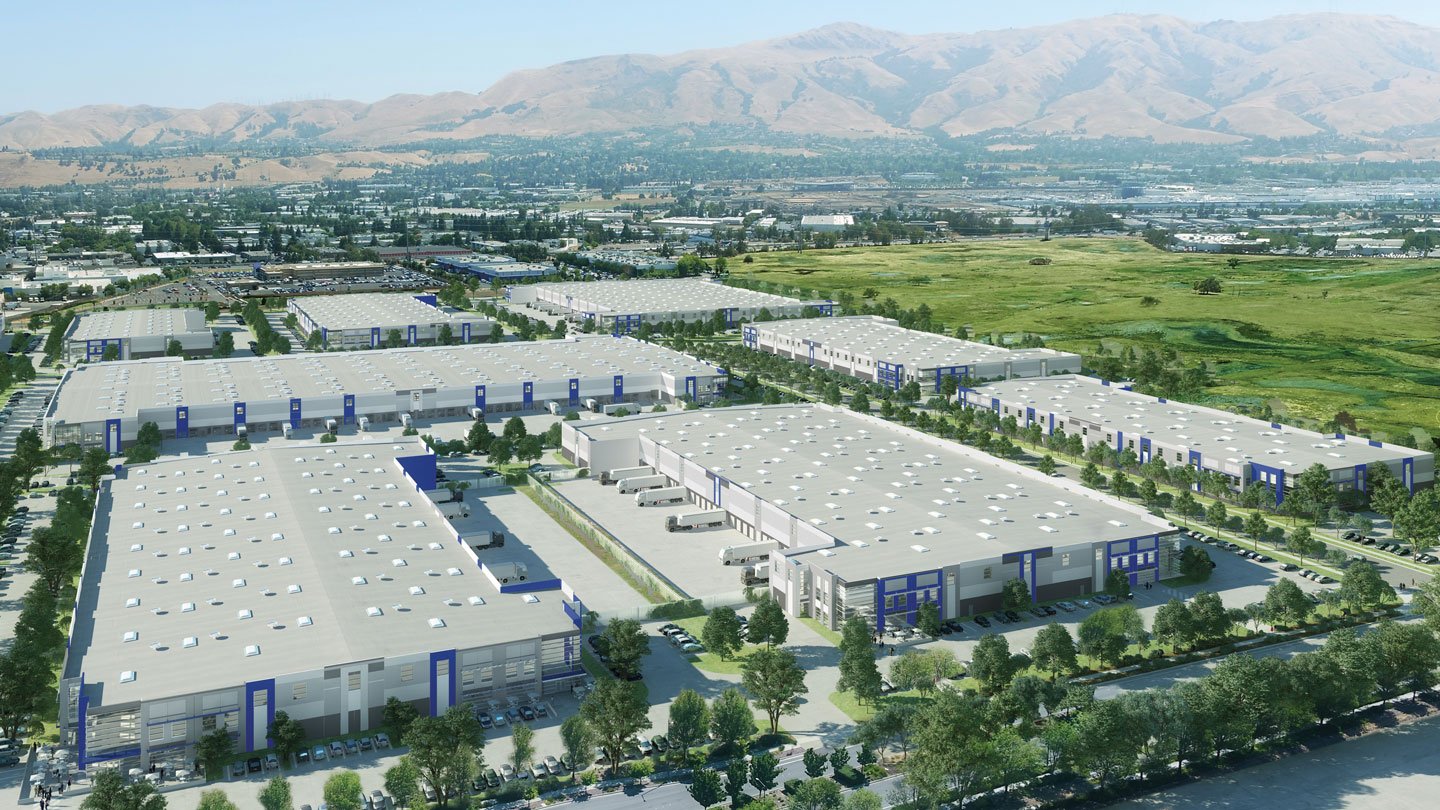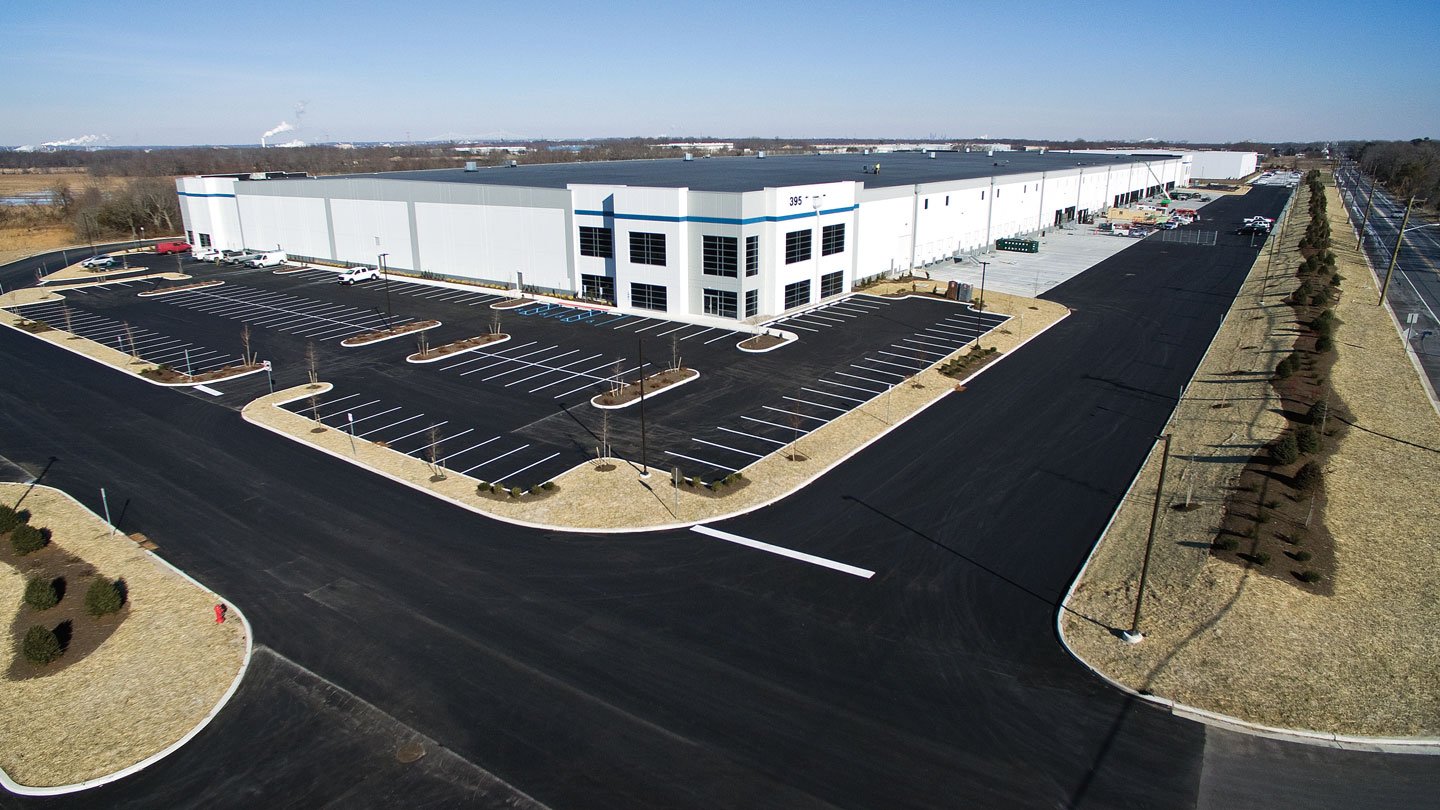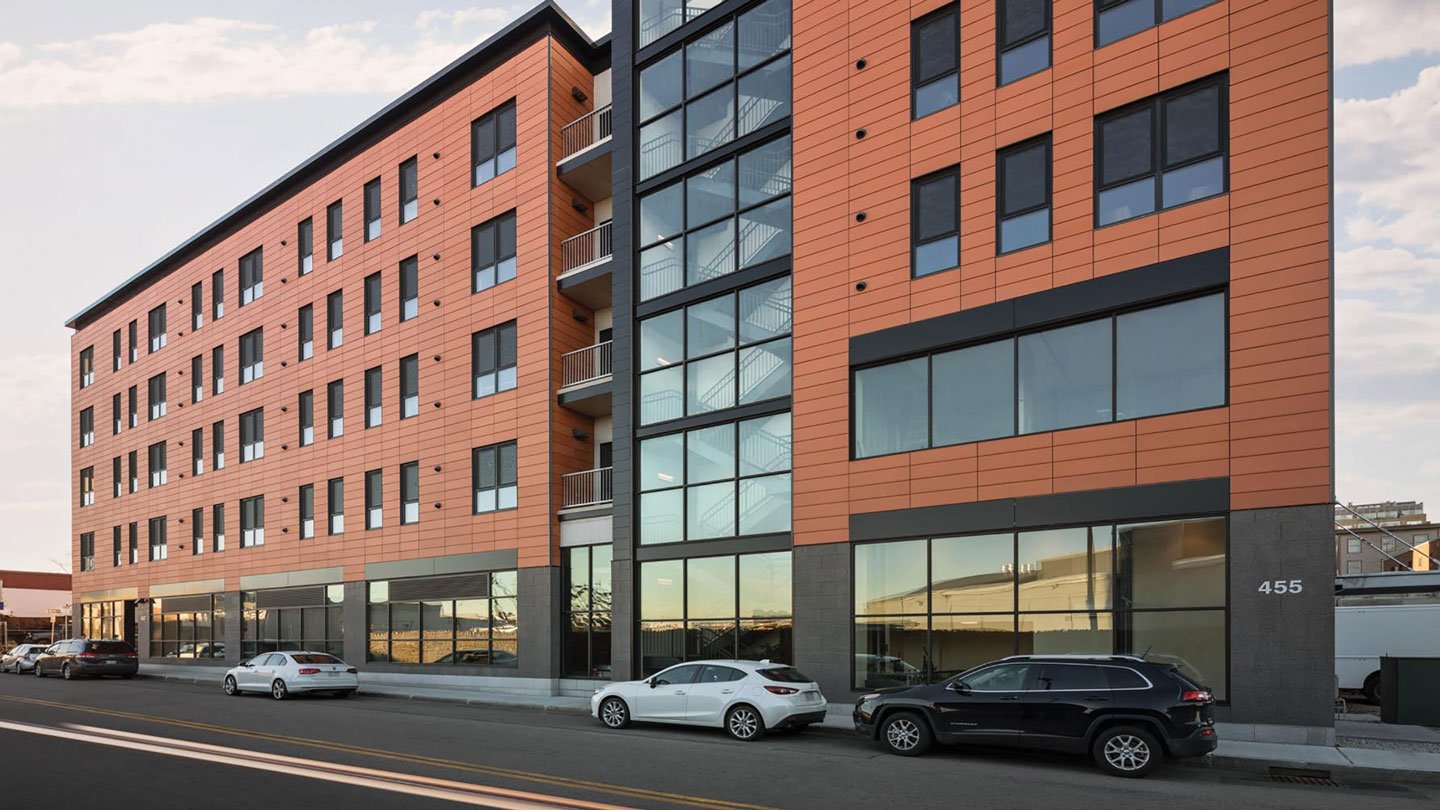The largest and best-known “edge city” in the U.S. is being transformed into a more walkable urban center.
Summer 2018 Issue
The Evolving Automotive Industry: Detroit Meets Silicon Valley
By: Michael E. KarpElectrification, artificial intelligence, autonomy and mobility services are having big impacts on the Bay Area commercial real estate market.
395 Pedricktown Road: Tailored Improvements For a Specialized Tenant
By: John SeelmeyerA speculative building in southwest New Jersey incorporates specialized systems to control spills and fire protection requirements for storage of liquid petroleum products.
The Distillery North: Passive House Apartments in South Boston
By: Michelle ApigianThe largest Passive House project in Massachusetts offers lessons for developers seeking to reduce energy use and operating costs.
Must-Read Articles

Setting Up a Private Equity Real Estate Fund, Part 2

Coworking Spaces With Child Care Services
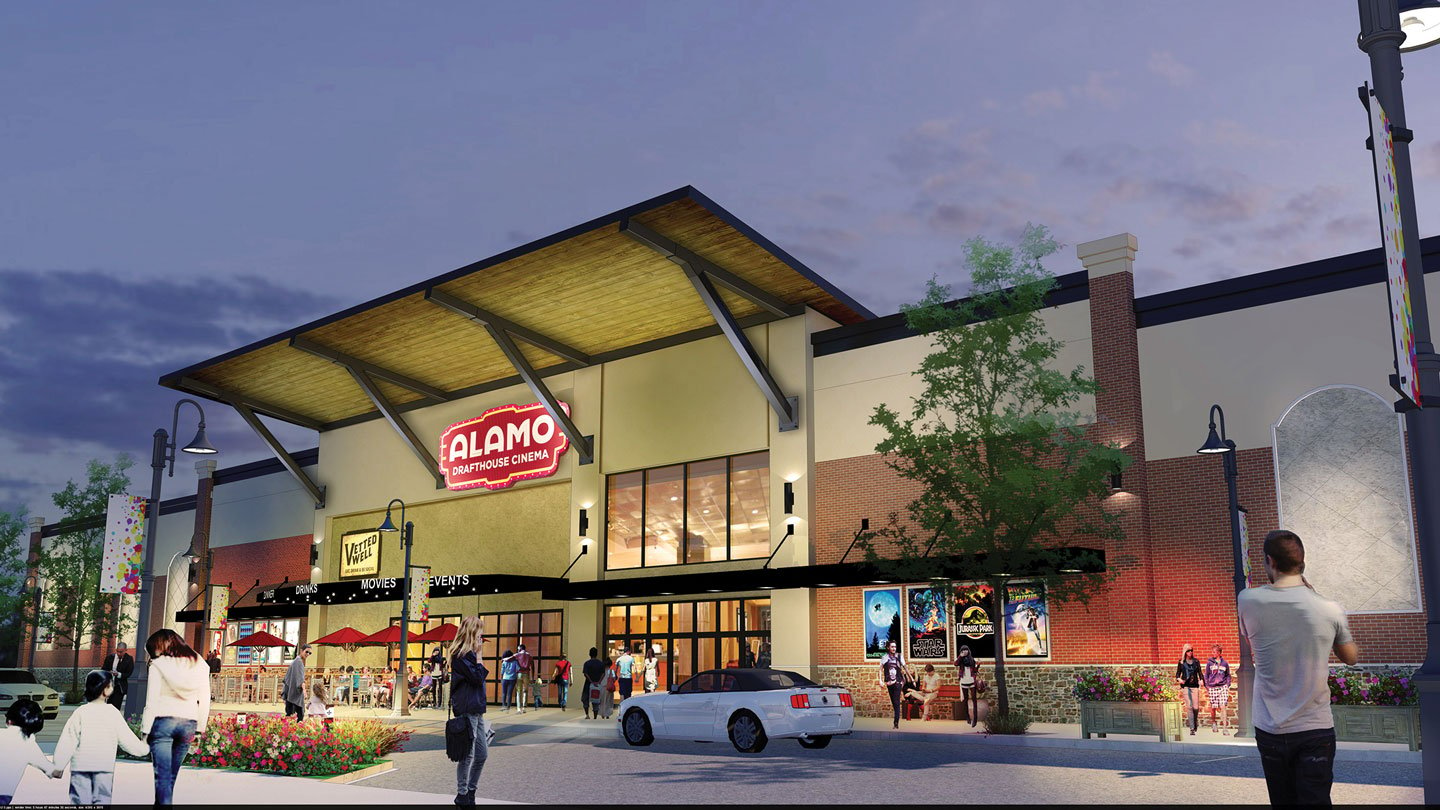
Amenity-rich Movie Theaters as Anchor Tenants

Mixing It Up in Midtown Houston

Automated Parking Comes to the US
RELATED RESEARCH AND PUBLICATIONS
From Static to Strategic: AI’s Role in Next-Generation Industrial Real Estate
- Report,
- Technology,
- ...
Industrial Space Demand Forecast, Third Quarter 2025
Economic Impacts of Commercial Real Estate in Canada, 2025 Edition
PERSPECTIVES
Sound Bites from The Office Conference 2017
Getting to Know the Chairman
Meet the Visionaries
CEO on Leadership: Robert Ward, President and CEO, Skanska USA Commercial Development
ADDITIONAL ARTICLES
Bringing It Home: Four Innovative Concepts for E-commerce Deliveries to Consumers
All of these innovations could affect how goods are delivered directly to consumers in the future.
What Lies Ahead for Commercial Real Estate Sectors
Women-centric Coworking Spaces
Virtual Credentialing Is Now a Reality
Treehouses at Microsoft
New & Noteworthy Projects
ARCHIVED ISSUES
View All Archived Issues Summer 2025 Issue
Summer 2025 Issue
Development’s summer 2025 issue explores experiential retail and the brick-and-mortar resurgence. Also featured: a modern warehouse campus in Toronto that honors its manufacturing heritage; a coalition of Oregon real estate organizations working to revitalize downtown Portland; and the creative capital stack strategy behind a mixed-use project in West Baltimore.
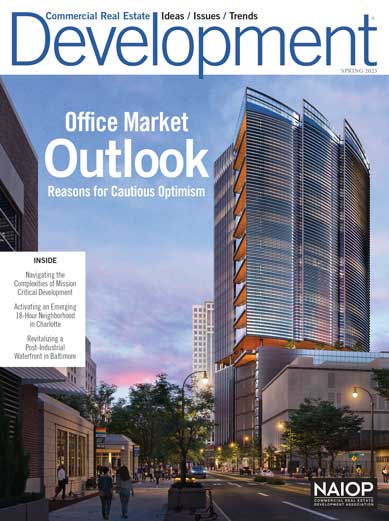 Spring 2025 Issue
Spring 2025 Issue
The spring 2025 issue offers insights about where the office market might be heading over the coming year, explores the complexities of mission critical development, and provides detailed looks at two transformative mixed-use projects: The Bowl at Ballantyne in Charlotte and Baltimore Peninsula in Maryland.
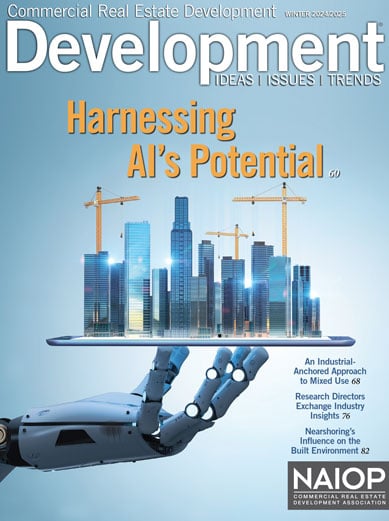 Winter 2024/2025 Issue
Winter 2024/2025 Issue
Development magazine’s winter issue delves into the evolving uses of artificial intelligence in the commercial real estate industry, from lease management and building operations to portfolio assessment and data analysis.


